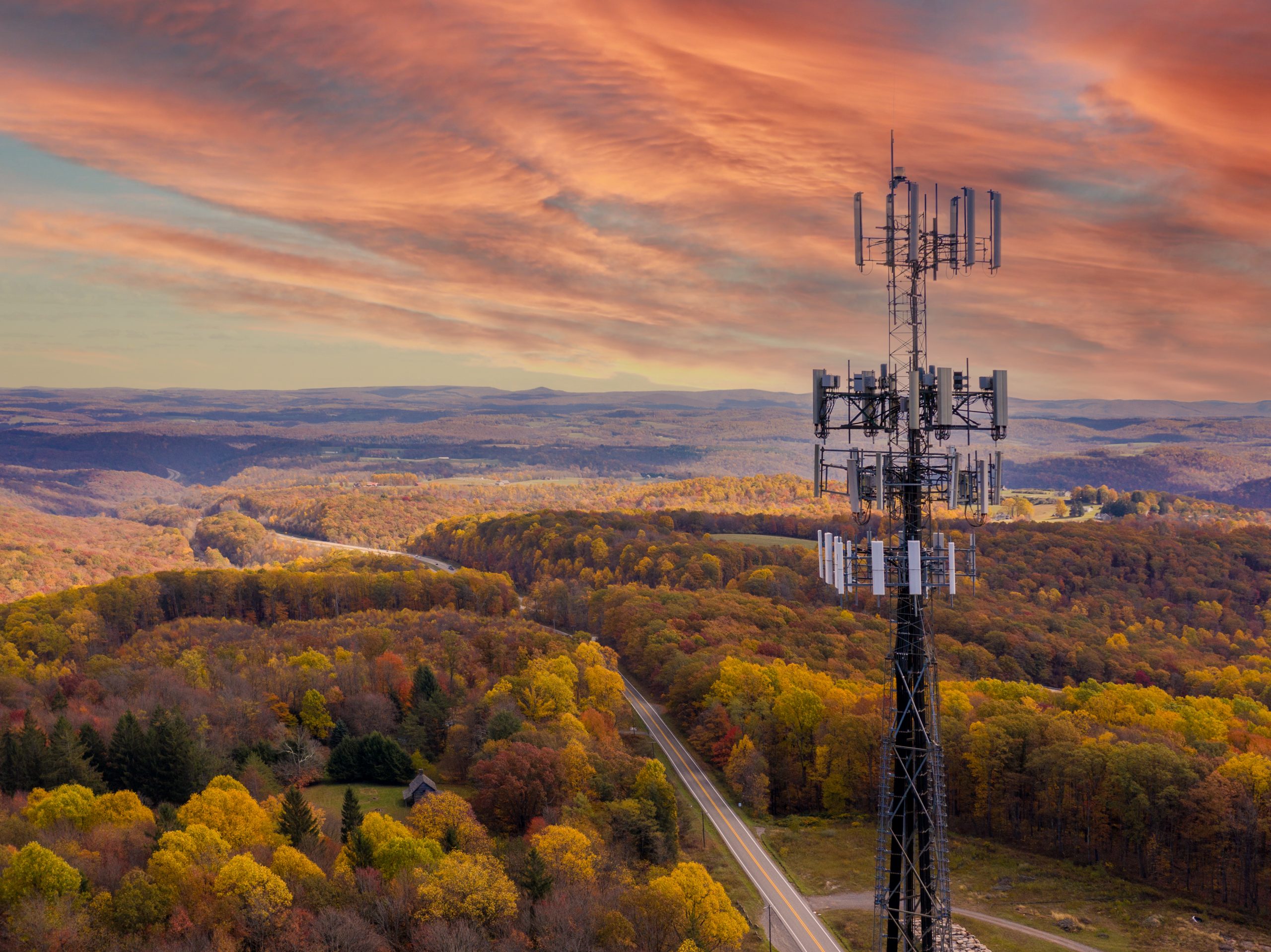- The 13 best early Prime Day 2025 deals under $25
- Are Amazon Basics tools any good? I bought a bunch to find out, and you'd be surprised
- VMware Product Release Tracker (vTracker)
- Cisco Live 2025: Collaboration Reimagined for the Agentic AI Era
- How Reddit's new AI ad tools help brands join the conversation
Powering an Inclusive Internet – Part 1 of 2

According to the International Telecommunication Union (ITU), 4.9 billion people around the world were connected to the Internet at some point in 2021—a 150 percent increase from just 2 billion in 2011. During that same timeframe, global monthly bandwidth consumption increased elevenfold to more than 275 exabytes in 2021. Today’s Internet is indispensable to society’s most important and fundamental functions, and it delivers astounding benefits for every aspect of our personal, social and professional lives. More than 2 billion people shop online, more than half of all employees around the world work from home at least once a week, and there were 900 million new mobile-payment app users in 2020 alone.
Yet, while the Internet has allowed for extraordinary advances and addresses the needs of billions of people around the globe, its rapid rise has been accompanied by undeniable inequities. As we consider the Internet for the Future, our way forward has to begin with awareness of these global issues:
Internet access and affordability is unequal.
Roughly 37 percent of the world’s population still does not have a means to access the internet, and it’s probably no surprise that an estimated 96 percent of this unconnected population resides in the world’s lowest-income countries. Even within the worldwide community of Internet users, there are significant disparities in network quality and affordability. Speeds can range from one megabit to one gigabit per second depending on where you are located.
Economic value from the Internet is highly concentrated in America and China.
There is a very high degree of economic concentration, both in terms of production and income. More than 60 percent of traffic is generated by only seven companies – six American and one Chinese. These same two economic superpowers account for the production of more than 90 percent of access devices, such as PCs and handsets, and for 90 percent of total market capitalization of digital platforms.
Internet usage is environmentally unsustainable.
Internet usage is also taking a growing ecological toll. The information and communication technology sector accounts for around 2 or 3 percent of all global power consumption worldwide, and total global electronic waste reached 53.6 million metric tons in 2019—an increase of 44.4 million metric tons in just five years.
The Internet can be unsafe and untrustworthy.
The Internet is flooded with an estimated 20 billion security threats worldwide every day. These threats vary widely and may include domain-name system (DNS) attacks, phishing, identity theft, cybertheft, attacks on industrial systems, malware, ransomware, or any of a variety of other digital transgressions. The Internet can compromise our sense of privacy and custodianship over information about our own lives. Even the presence of some 140 national and multinational privacy laws worldwide does little to allay such concerns. In a 2021 Cisco survey, 76 percent of respondents said they felt it was too hard for them to understand how their personal information is being used online.
Misinformation and bias permeate the Internet.
In recent years, new Internet-borne challenges have emerged, including the deliberate spread of misinformation, the profoundly negative effects of social media on emotional health, and the potential abuses of increasingly powerful and autonomous artificial intelligence (AI) applications.
At Cisco, we believe that technology can be used to help solve the greatest social and environmental challenges. In this spirit, the Internet for the future needs to be more accessible, more broadly distributed, more secure, more trustworthy, and more ecologically sustainable. And it needs to achieve these characteristics while also becoming even bigger, faster, and more capable than it already is.
Communications Service Providers (CSPs) to the rescue?
Gartner defines communications service providers (CSP) as those who offer telecommunications services or some combination of information and media services, content, entertainment and application services over networks – leveraging the network infrastructure as a rich, functional platform. In Part 2 of this blog series, we discuss how Communications Service Providers (CSPs) are arguably the most important and consequential players to enable an inclusive Internet for all, and what they need to do to rise to this challenge.
I will discuss this and the 6 pillars of and inclusive internet in my next blog post, Communication Service Providers (CSPs): the potential power behind an inclusive Internet.
As we consider the Internet for the Future our way forward has to begin with awareness of the important issues we face with Internet inclusivity. You can learn more about Cisco’s commitment to powering an inclusive Internet with these resources:
Share:

